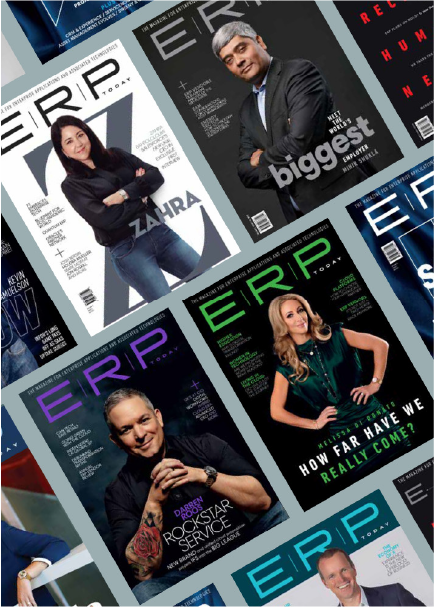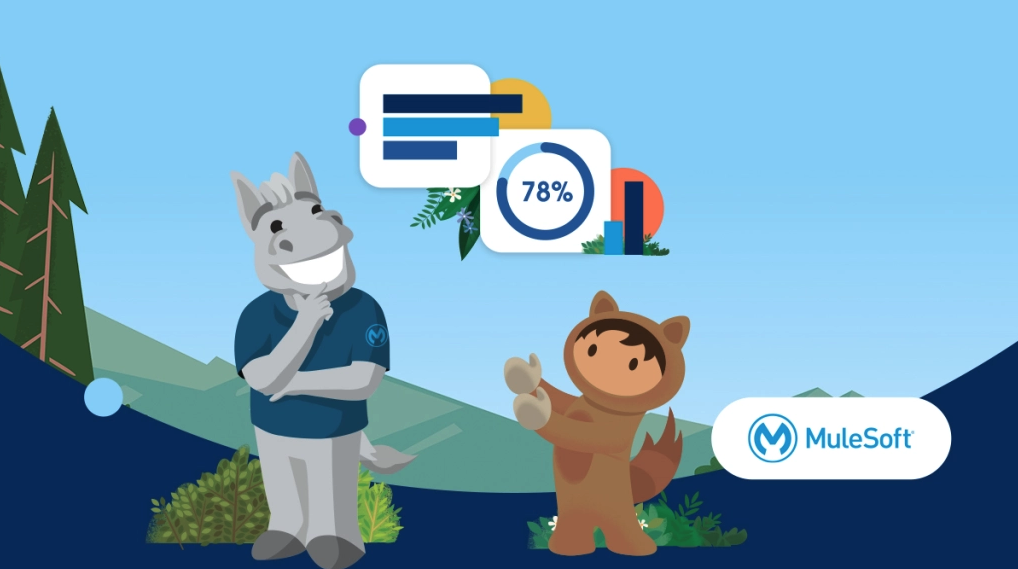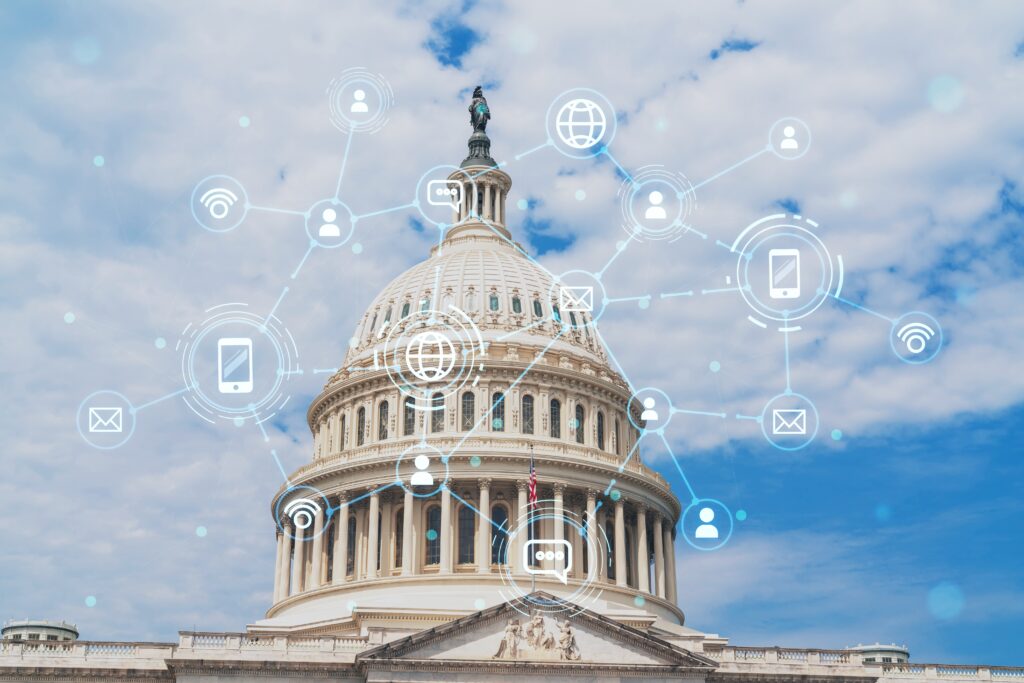SAP and Microsoft are deepening their strategic partnership with SAP Business Data Cloud (BDC) Connect for Microsoft Fabric, a bi-directional, zero-copy data sharing capability that lets enterprises access semantically rich SAP data instantly for analytics and AI. According to the November 18 SAP News Center announcement, the integration links SAP BDC with Microsoft Fabric’s OneLake to provide trusted, business-ready SAP data without replication delays.
Executives from both companies characterize the development as a foundational step toward accelerated AI-driven transformation by bringing operational, analytical, and application data into a shared environment.
New Unified Data Foundation
The announcement positions SAP BDC Connect as a mechanism for secure, large-scale access to SAP data products while enabling Microsoft Fabric data sets to flow back into SAP environments. This removes the need for data duplication and simplifies how organizations blend SAP and non-SAP data. With SAP data available inside Microsoft OneLake, it becomes immediately usable across Microsoft Fabric’s data engineering and warehousing tools, Power BI, and Microsoft AI Foundry. And because OneLake is embedded in Microsoft 365, everyday tools such as Excel and Teams also become gateways to governed SAP data.
The integration also provides a semantically rich foundation that supports natural language interactions through Copilot in Power BI, along with the development of intelligent applications using Fabric data agents, Copilot Studio, and AI Foundry. The companies highlight opportunities for multi-agent collaboration, where Microsoft 365 Copilot and SAP’s Joule draw on the same enterprise data backbone to guide business users. Together, these capabilities aim to reduce friction when accessing and operationalizing SAP data, enabling faster insights and more advanced AI-driven outcomes.
What This Means for ERP Insiders
Cross-cloud interoperability is becoming a defining requirement for AI-enabled ERP systems. SAP BDC Connect’s zero-copy data sharing model illustrates how ERP ecosystems are shifting from siloed data stores toward real-time, federated architectures that support immediate analytic and AI consumption. This raises the importance for ERP product leaders and enterprise architects to prioritize semantic consistency and governed data exposure across platforms.
ERP data can be easier to use across an organization’s analytics and AI tools. By embedding SAP data into Microsoft Fabric’s engineering, warehousing, and Power BI layers, the integration reshapes how ERP customers can expect to blend operational and analytical workloads. SI and GSI leaders will need to recalibrate transformation approaches to reflect architectures where SAP and non-SAP data interoperate natively in AI-ready environments.
Integration strategies need to prioritize better governance and user experience. Bringing SAP data directly into Microsoft 365 apps like Excel and Teams changes how end users engage with ERP-governed information. This growing coordination indicates ERP-enabled intelligence will increasingly depend on multi-agent orchestration rather than single-system automation. These trends place growing pressure on ERP vendors and partners to adapt accordingly.






